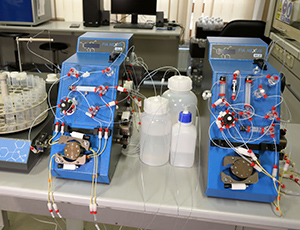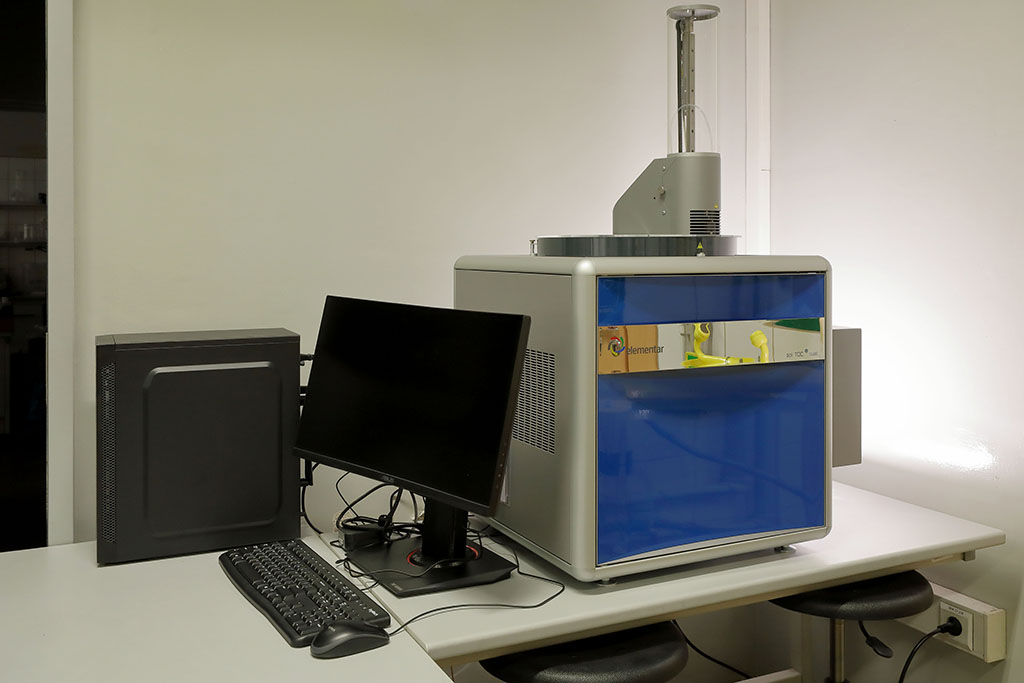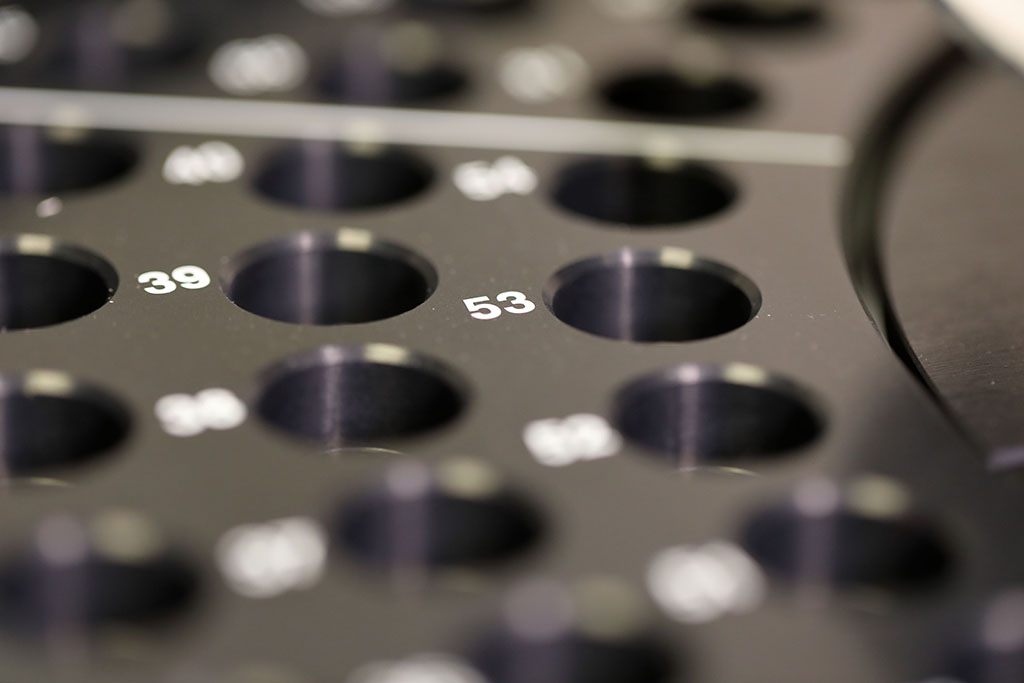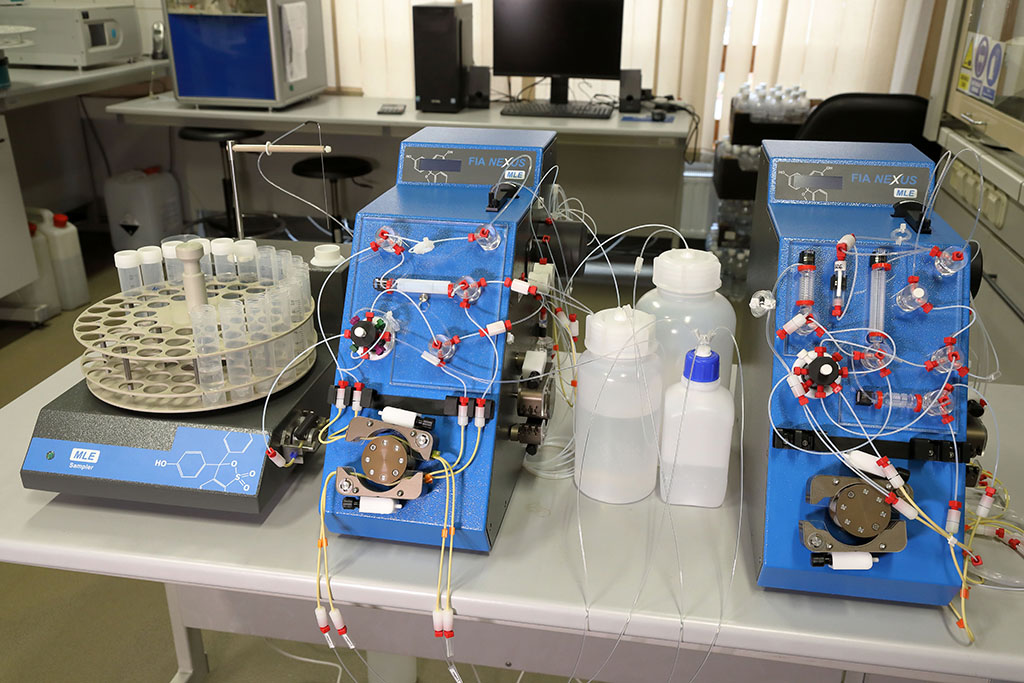 Web Content Display
Web Content Display
 Web Content Display
Web Content Display
 Web Content Display
Web Content Display
 Web Content Display
Web Content Display
Strategic Infrastructure - Hydrochemical Laboratory

Under the action ‘Strategic research infrastructure #1’ in the Anthropocene PRA, funding has been secured for the purchase of high-end modern instruments for the analysis of chemical parameters of water, suspended solids and river sediments.
The purchase has been co-funded by the Faculty of Geography and Geology.
The new equipment has furnished the infrastructure of the Hydrochemical Laboratory at the Institute of Geography and Spatial Management (IGiGP), Faculty of Geography and Geology (WGiG), and it enables researchers to study change in the quality of water environment in new dimensions.
Analysers purchased:
vario TOC Cube (TOC/TIC/TC+TN)
  |
An analyser of organic carbon (TOC/NPOC), inorganic carbon (TIC), total carbon (TC) in surface waters, waste water, ground waters, infiltrating waters and other media thanks to high-temperature (800 °C) oxidation in an oxygen jet. The analyser makes it possible to simultaneously analyse nitrogen from the same water sample using a chemiluminescence detector (CLD) for determination of total nitrogen within the range of 0.01–200 ppm N.
soli TOC Cube (TOC (AOC+ROC)/TIC/TC+TN)
  |
The analyser is capable of determining all total carbon and nitrogen fractions in river bed sediments and suspended solids as well as in solid samples, e.g. soil, in one analytic cycle from one sample weight. Using an NIR detector, the analyser can determine 3 different forms of carbon in different temperatures for the measurement range of 0.001 to 100 per cent: AOC+ROC=TOC (as a sum) and TIC (TC, sum total). It can alternatively measure TOC in the classic process of constant temperature combustion following acidification and desiccation of the sample. An ECD (electrochemical detector) simultaneously measures total nitrogen.
Analysis Module – Flow Injection Analysis (FIA) MLE NEXUS
  |
A flow injection analyser enabling automated analysis of samples of water, sewage, soil and plant extractions in accordance with ISO standards. It uses flow injection analysis and measures, among other things: total nitrogen and phosphorus, orthophosphates, nitrates, nitrites, silicates and iron in liquid samples.
Hydrochemical Laboratory at the IGiGP, WGiG, operated by prof. dr hab. Mirosław Żelazny, does research of waters of various origin (meteoric water, surface and underground waters) as well as suspended solids and river sediments.
The research addresses changing parameters of water across different spatial-temporal scales, e.g. that of water catchment areas, from benchmark catchments with areas below 1km2 to catchments of dozens of square kilometres over years, terms (half a year, a season, specific months), days, and in flood waves or no-precipitation days. The analyses of physical and chemical properties and concentrations of ions make it possible:
- to identify the factors and processes behind the spatial diversity and temporal variability of physical and chemical properties of waters,
- to assess the role of human impact on the transformation of water quality and the consequent limitation of water resources,
- to determine the impact of disaster events on the physical properties and chemical composition of waters.
